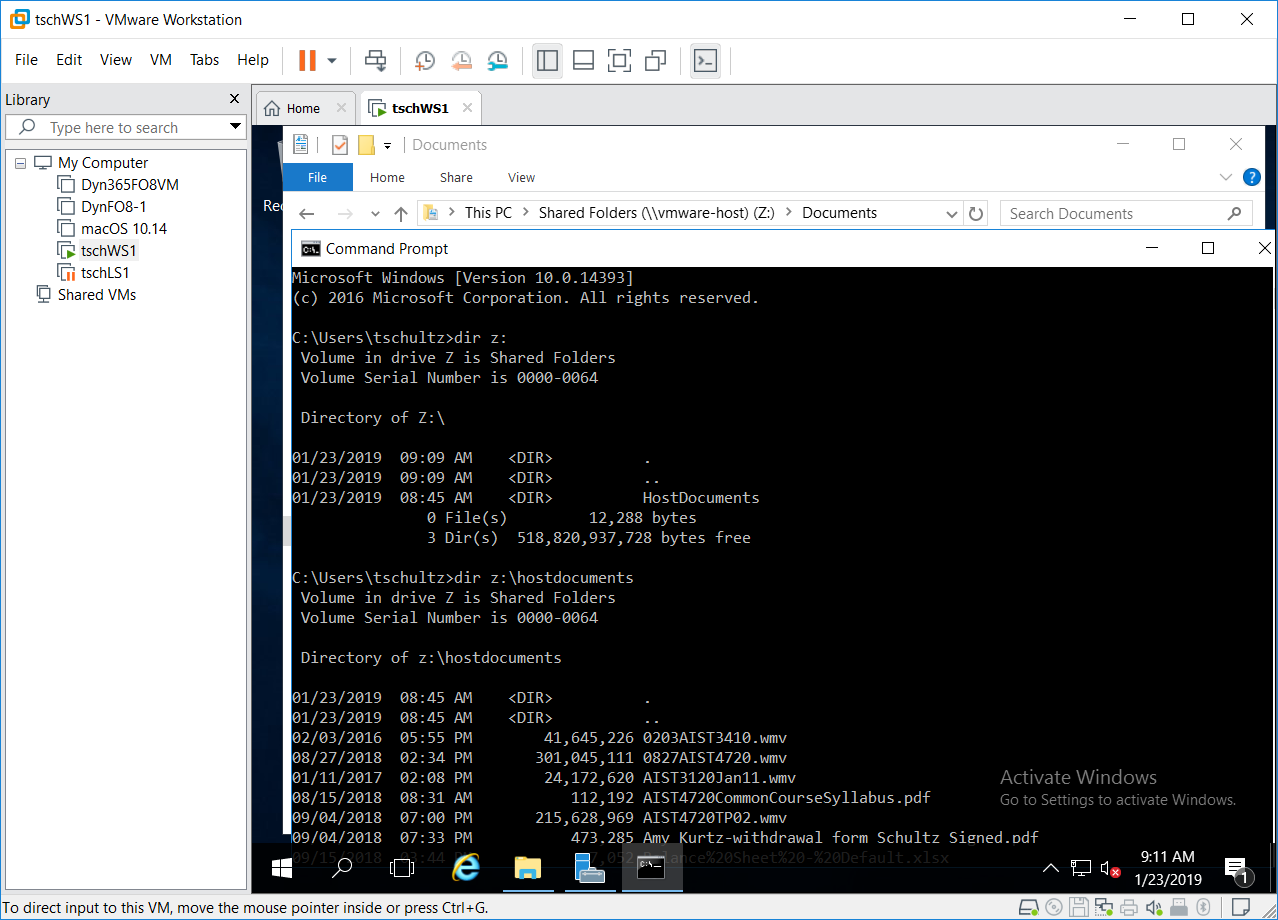
When you use a properly configured ~/.ssh/config and SSH public and private keys, the SCP connection can be established by just using a server name (or IP address). Once SSH has authenticated the connection, SCP then begins copying the file. However, SSH public and private key authentication are recommended as a security best practice. For SSH authentication, usernames and passwords can be used. SSH handles the authentication on the destination host, and it moves the file in an encrypted tunnel provided by default with SSH. Upload a file to the VM scp file a file from the VM scp targetfileĪs examples, we move an Azure configuration file up to a VM and pull down a log file directory, both using SCP. It's built on top of SSH and included in the default shell of most Linux and Windows (10 and newer) installations. You also need an SCP client for your local computer. Moving files between your workstation and a VM, quickly and securely, is critical for managing your Azure infrastructure.įor this article, you need a VM deployed in Azure with SSH enabled. This article shows how to move files from your workstation up to an Azure VM, or from an Azure VM down to your workstation, using Secure Copy (SCP). Applies to: ✔️ Linux VMs ✔️ Windows VMs ✔️ Flexible scale sets $ multipass transfer -recursive ample-pigeon:dir. You can also copy an entire directory tree, using the -recursive option: $ multipass exec ample-pigeon - ls -R dir $ multipass exec ample-pigeon - ls non/existent/path $ multipass transfer -parents local_file.txt ample-pigeon:non/existent/path/remote_file.txt In case the target path does not exist, you can use the -parents option, which will create any missing parent directories: $ multipass transfer local_file.txt ample-pigeon:non/existent/path/remote_file.txt In these two cases, standard input and output are specified with. In the same way, the destination can be the standard output of the host and the source a file on the instance. The source file can be the host standard input, on which case the stream will be written on the destination file on the instance.

The multipass transfer command copies files between host and instance, without the need of mounting a folder on the instance.įor example, to copy a local file local_file.txt to the default home folder of the instance good-prawn, we should issue: $ multipass transfer local_file.txt good-prawn.Ĭonversely, to copy a file instance_file.txt from the default home folder of the ample-pigeon instance to the current working folder, we should run: $ multipass transfer ample-pigeon:remote_file.txt. Configure where Multipass stores external data.


Use a different terminal from the system icon.

Authenticate clients with the Multipass service.


 0 kommentar(er)
0 kommentar(er)
